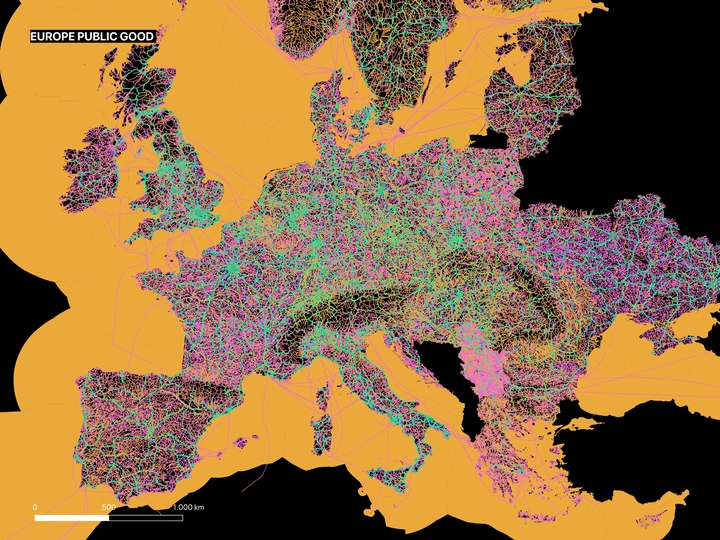Legal Futures: Multispecies Public Good State

I am a freelance landscape architect, developing artistic practice and research-based speculative projects. I am an editor and contributor to the landscape architecture platform, landezine.com. In collaborations, I engage with architects, eco-terrestrial collectives (Krater) and multimedial bodies (Egon March Institute). Fully interested in forging connections, allowing them to grow, gaining new insights and cross-exchanging and extrapolinating knowledge, ideas, and brainstorms.
Notable achievements: The Sowering crane performative installation in Krater (2024), group exhibition at +MSUM (2025), Kiblix (2023), Cirkulacija2 (2022), residencies, conference talks, round tables, architecture competition wins ...
The project proposes
Research: To redefine the legal term public good, aligning it with ecological values, relational connectivity, and the inclusion of more-than-human subjects—asking: who (all) is public, and what is good?
Critical Mapping: To retrieve and visualize data on European public good and drawing speculative future scenarios.
Intervention: To create artistic installations in selected locations, embodying and communicating the project’s values and aims.
Public good is a legal category (unlike commons) tied to specific land parcels—non-excludable, non-rivalrous, accessible for anonymous use “under equal conditions”. PG is linked to the provision of public goods such as mobility, water, and energy infrastructures. In practice, this includes streets, railways, waterways, and public squares—spaces essential for exercising personal freedoms and rights. In Roman law-based systems, each country maintains its own body of public good properties. What if these were connected into one continuous, international Multispecies Public Good State—a living, trans-migratory corridor for more-than-human and other intelligences?
The proposal builds on research conducted in Slovenia, culminating in the art project javnodobro.si, where cadastral lots were interpreted as artefacts—palimpsests of appropriation—enforced from a top-down position. These legal designations actively shape ground realities and territorial imaginaries. The concept evolved into a speculative scenario of the Public Good State, based on public good land use. The aim is to deepen this investigation—developing mappings of speculative futures shaped by an expanded awareness of shared planetary needs.
Since public good can appear abstract or inaccessible, artistic interventions are essential to making its values tangible—engaging both local and broader audiences. Projects like the Sowering Crane, where nature, architecture, and technology co-create new conditions, exemplify this approach.